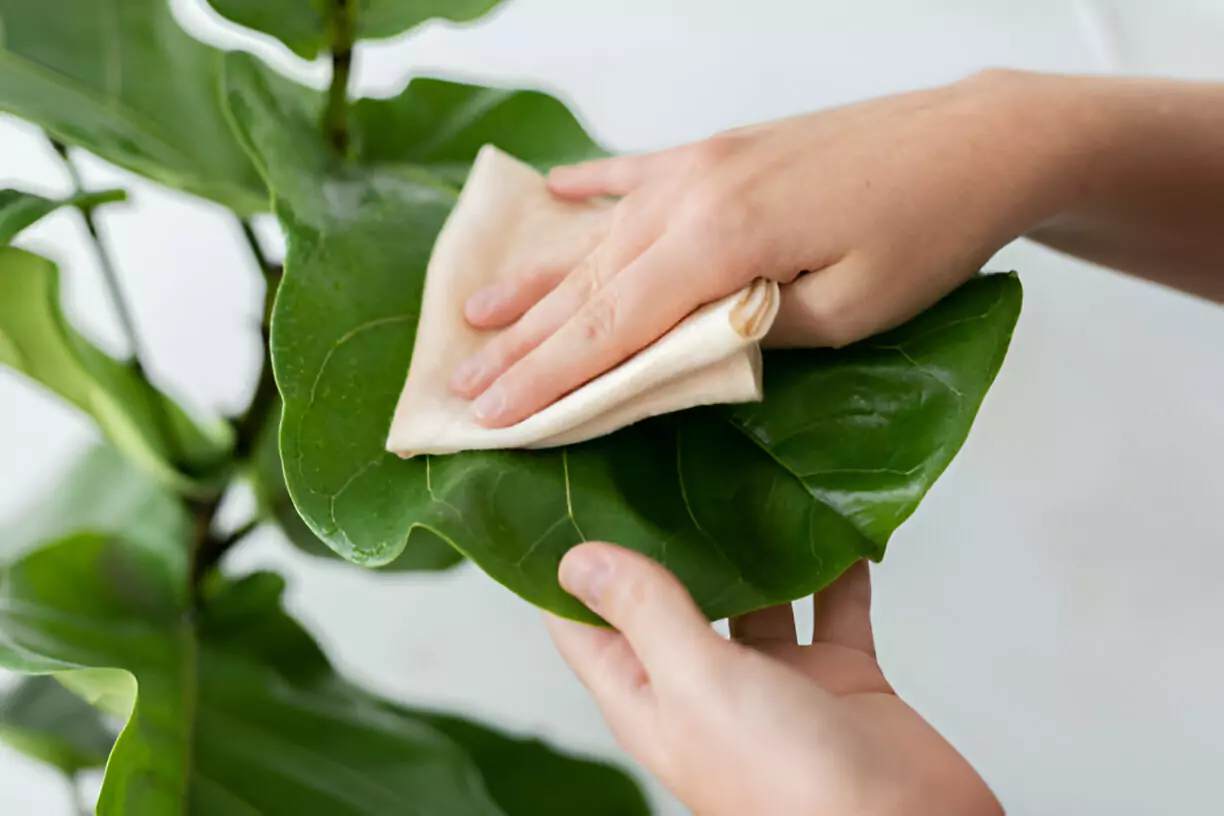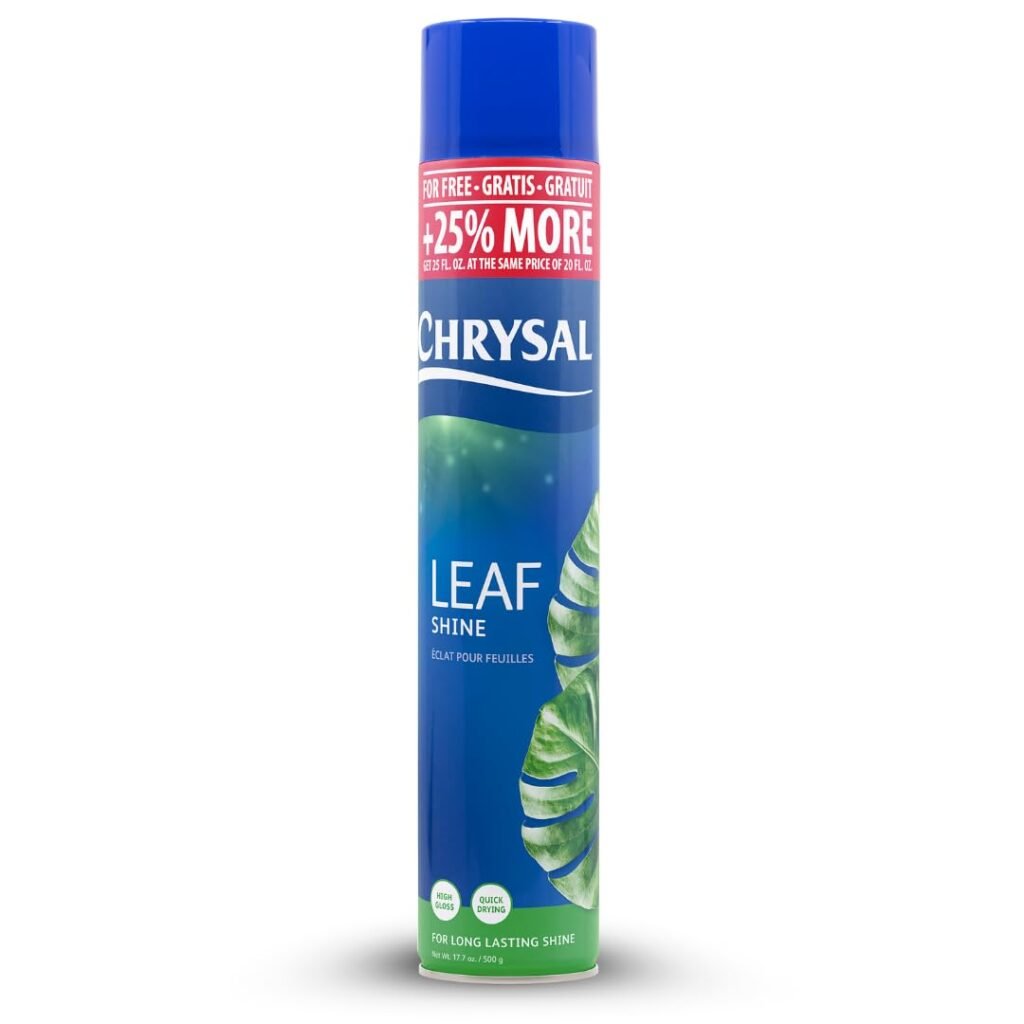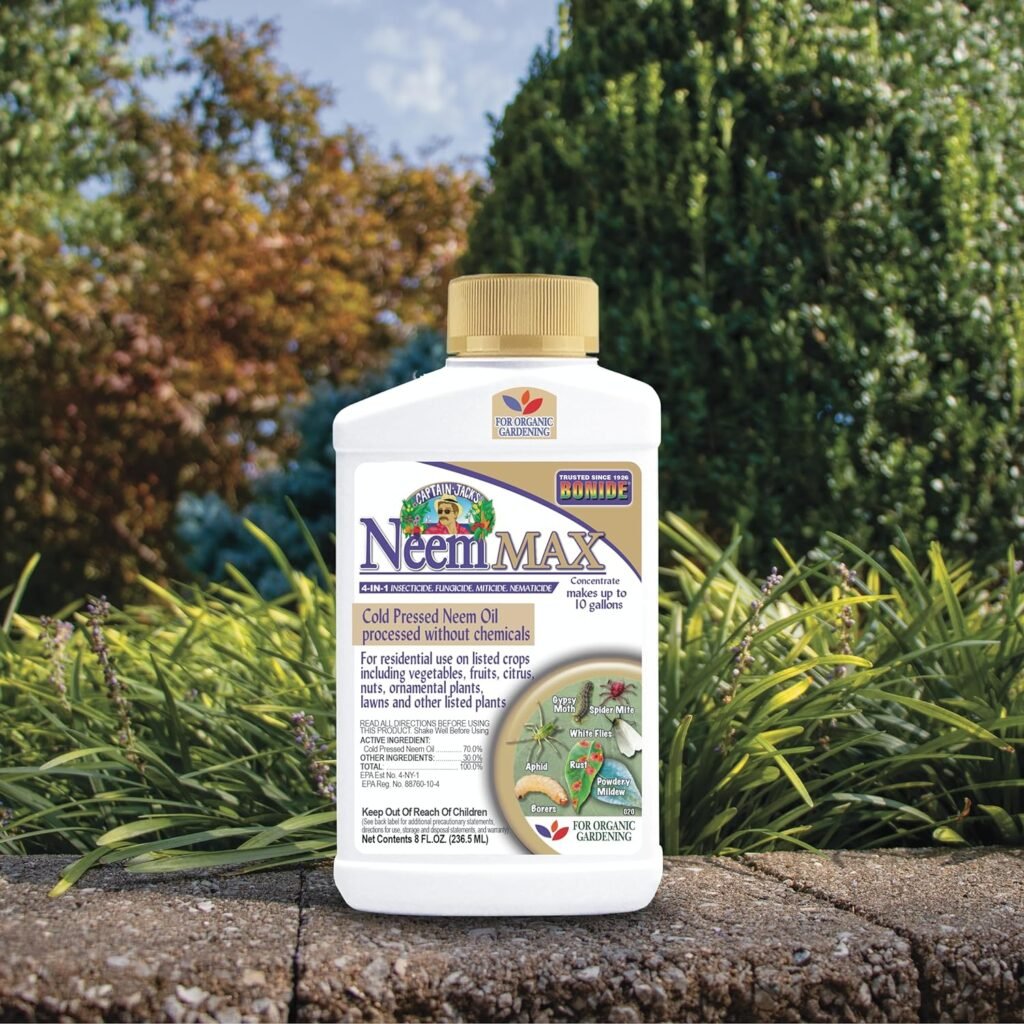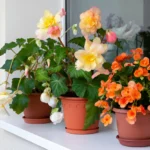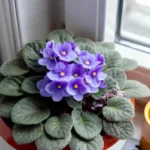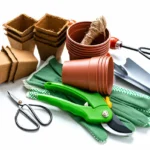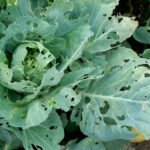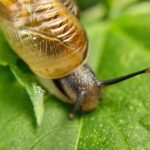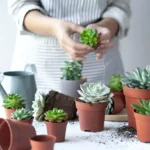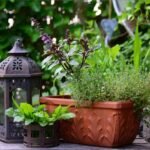While tending to the plant, you may find a layer of dust on the leaves of your favorite Monstera, and the dust tends to come off with your hands. Would you leave your leafy tree like this? Or should you roll up your sleeves and take steps to be more focused on plant care? Keep reading our article to know how to clean plant leaves.
Houseplants are brought indoors to add greenery and aestheticize your house. Houseplants become vibrant and fresh with your regular care. But some people go home and think they don’t care, considering the plant an ornament. They also need special care if you want to keep them alive.
Houseplant dust?
Dust, dust, dust! You see that your houseplants are scattered. If there is a road near your house or construction work is happening near it, dust will enter your house even if it gets a little cracked. They can sneak into your home and nest on your plants and furniture. The leaves of the green trees are covered in dust, and sometimes, the leaves are not even visible. You went on a vacation, and after returning, you found your plants looking like this, which can harm the plants.
You may wonder why dust gets on the leaves of your houseplants. Houseplants remove dust from the air of your house, which is very beneficial for our health, reducing sneezing and allergy-related problems. Leaf dust can cause your plants to turn green. Dust can move from one place in the air indoors to another and even into your kitchen by chance. If you see dust on the leaves of your plants, you should make arrangements to drive it away.
Benefits of Houseplant Clean Leaves
When you have plants outdoors or in nature, rainwater and strong winds carry dust off the leaves, but you must clean the dust off your indoor hydrangea plants yourself. Plants have stomata on both sides of the leaves through which they take in air, take on oxygen, photosynthesize, take in carbon dioxide, and pass through the stomata for gaseous removal. When dust falls on the leaves, the plant cannot usually expand the stomata; as a result, the photosynthesis process is interrupted, and the plant cannot receive nutrients. Due to the presence of dust, the leaves of the plants also lose their beauty. Regular dusting helps remove dust from the plant’s stomata, which helps keep the plant functioning. Also, the leaves look more glossy, enhancing your home’s beauty. This dusting also gives you a chance to observe your hydrangea plants closely. Regular dust cleaning keeps the leaves fresh and does not interfere with their feeding process. The plants stay healthy, and insects attack healthy plants less. Insects are attracted to dirty, damp environments. Regular leaf cleaning of your plants removes dust from the leaves while keeping the plants disease-free, which directly and indirectly benefits the plants.
RELATED: 15 Health Benefits of HousePlants
How Many Days After Cleaning?
Cleaning leaves depends on how quickly and to what extent the leaves are collecting dust. If you live in the western parts of the United States, especially Arizona, Nevada, New Mexico, California, and some states in Texas, there is a lot of dust in the air. There are also areas where the dust in the air is low. Your location can affect the amount of dust that accumulates in your home. It would help to clean your plants every 7-10 days by checking the dust level on the leaves. Sometimes, this cleaning time may be longer or shorter. Research shows that 5-50 micrograms per cubic meter of dust is found in the indoor environment, which is a lot. You can run your fingers over your plants to see how dusty they are, and then you’ll know when to clean them.
Please take a look at the eight practical ways to clean leaves that we have outlined below.
1. Using Water
Go to your bathroom with the plant you want to clean and place it in the bathtub. Now, bathe the plant by showering it to the tolerable foliage level. Ensure water reaches and washes both sides and every part of the plant’s leaves. Of course, there should be drainage holes at the bottom of the pot; otherwise, the water will not be able to come out. Wait to water the plant for half a day before you bathe it. When you bathe your plant, the water will go into the plant tub, and if there is excess, you can tilt the tub a little and drain the water. Once you have bathed your plant, bring it into the bathroom and let its leaves dry. You can put it near the wind. This bathing method is especially effective for larger plants, including Erica Palm, Monstera, Peace Lily, Aglaonema, and Fiddle Leaf Fig.
2. Use a Duster or Painter’s Brush
Some plants’ leaves are thick, green, glossy, and fuzzy, such as Alocasia Black Velvet and African Violet. They do not like to get wet. You can use a duster to clean their leaves and their dust. Clean them gently with a duster. Depending on the leaf size, you can use a duster or painter’s brush. You have cactus or succulents in your home that have flexible and wrinkled leaves on their bodies but accumulate dust that can remain after spraying. You can use miniature painter’s brushes to clean their bodies or leaves. Painter’s brushes are relatively small and soft, so there is no problem with the leaves of the plants.
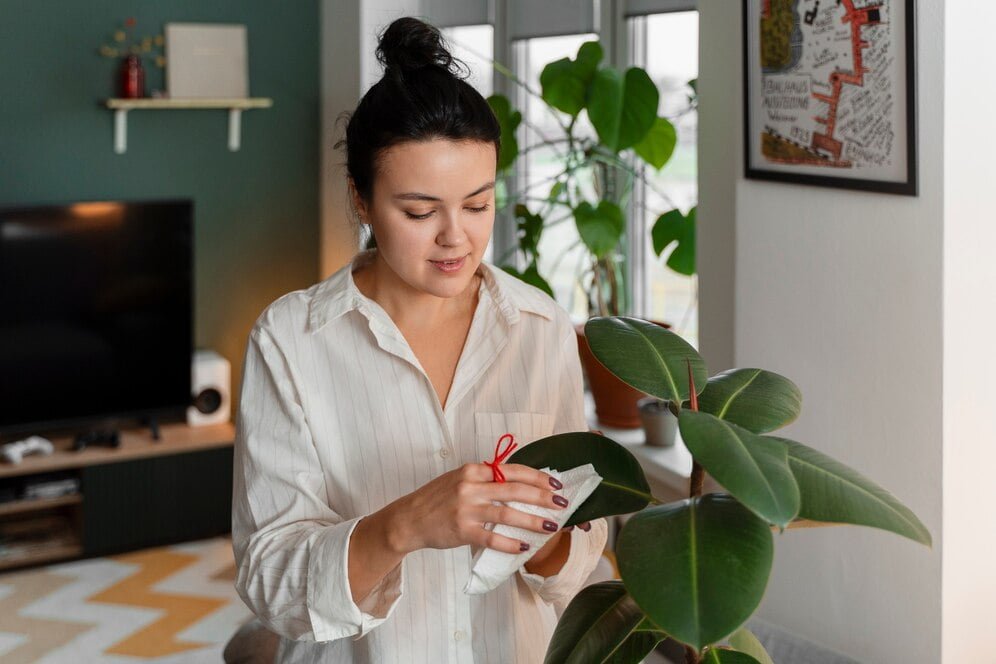
3. Use of Paper Towel
Some plants you don’t want to get wet, and you don’t want to risk root rot from excess water, so you’re thinking of cleaning them by hand. Take a paper towel or microfiber cloth and a small bowl of water. Wet the paper towel lightly. It’s not entirely wet. Hold the other side of the leaf you are wiping with your hand so that the leaf does not fall off or break due to pressure. Clean both sides of the leaves in the same way. This method can be done faster for larger leaves, while smaller leaves, such as those of the ZZ plant, money plant, jade plant, and kalanchoe, can be time-consuming to clean. However, you can clean your plant carefully if it is enormous.
4. Use of Mister or Spray
You can also clean the leaves of your plants with a home mister or insecticide sprayer. Fill the mister or spray bottle with water. Spray the leaves with the mister, and keep a pair of towels with you to wipe them.
Tip: Mix neem oil with water as you clean the leaves. This will clean your plant’s leaves and keep it free from pest attacks.
5. Leaf Shine
You may have hundreds or more houseplants in your home, but making and maintaining homemade cleaners for each can be time-consuming. So, you are looking for an alternative to spray that will help to clean your plants of leaf dust and dirt. You can find leaf cleaners at online stores, nurseries, or big box stores that you can easily mix with water to clean the leaves of your plants. The leaves will become shinier. However, many expert gardeners prohibit leaf shine, believing it can disturb the stomata of the leaves and the process of photosynthesis. They do not claim any side effects while selling or promoting leaf shine. Use with caution.
6. Dish Soap and Water
Suppose you are thinking of cleaning with something homemade to save money; spray or wipe by diluting dish soap in water. Mix 1/4 teaspoon of dish soap in one liter of water and clean the leaves. In addition to cleaning leaves, dish soap will help prevent insect infestations on your plants.
7. Submerge the Plant in Water
This method cleans your plant’s foliage and removes any spider mites, eggs, or larvae that may infest your plant. First, cover your plant pot with plastic, covering only the plant tape and nothing else so that the soil inside the pot does not fall out. Take your plant to your sink, close the drain, and fill the sink with water. Soak the leaves of the plant in water for a few minutes. You will see the dust cleared and insects floating in the water. Lift the plant out of the water and let it drain.
8. Use of Lemon
This method is completely organic and will not damage plant leaves, especially those with deep green or glossy leaves that get water spots when sprayed. Mix 50% lemon juice and 50% water in a small bowl. Wipe the water-stained leaves with a microfiber cloth or paper towel. The leaves will be clean, and there will be no spots on the leaves.
Bonus Tips
You can use milk mixed with water if you don’t have neem oil or dish soap at home. Milk adds extra calcium to the plant leaves, which helps them in photosynthesis. Most importantly, it does not harm any plant.
Let us know how you feel about the above eight methods and which method you are using.
